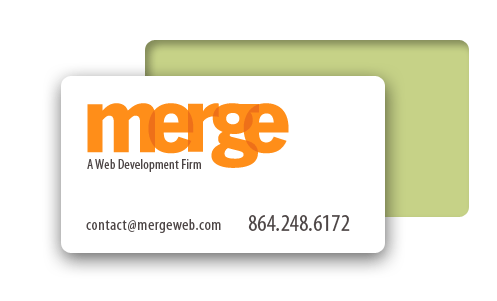Questions We Would ask of a Web Development Firm
Sometimes I wonder if Merge was to hire someone to do redesign our web site, what we would look for in that company and/or service. Here’s what questions Merge would ask:
1. How do your services impact our bottom line? I would expect a good web development firm to ask me, “How’s this going to help your company monetarily?” If they don’t care about providing real results, then I’m not interested in hiring them.
2. Does your strategy make [common] sense? If a company promised me the latest tips and tricks are awesome, or that super-duper cool design would be really neat, I’d balk. Tell me how you’re going to do it, and I wouldn’t have to understand the technology completely, but it would need to be reasonable from a common sense approach.
3. Is the price too good to be true? If they promised me the moon for $2,500, I’d walk. I’d simply ask them how they price their services, and see if it makes sense that their fee lines up with the value they’re promising.
4. Are you 100% referenceable? I don’t want them to provide the testimonials, instead, I would randomly call any of the customers in their portfolio. They need to be 100% referenceable.
5. Do you promise to support us, until death do us part? Can I count on them to be there when I need them? Will they be around after they complete the project? If they can’t answer those questions in the affirmative, no dice.
These are five things that Merge would be asking a web development firm if we, for some crazy reason would hire one. Notice I ask nothing about design, seo, programming etc. We would know if they were any good at that before we ever talked to them (i.e. we would google “web design, greenville sc” to see where they themselves show up and we would look at their portfolio to get a feel of their design abilities).
The Bottomline: Ask questions of a web firm to make sure the web solution will provide the business results you actually need-not just a web site.
